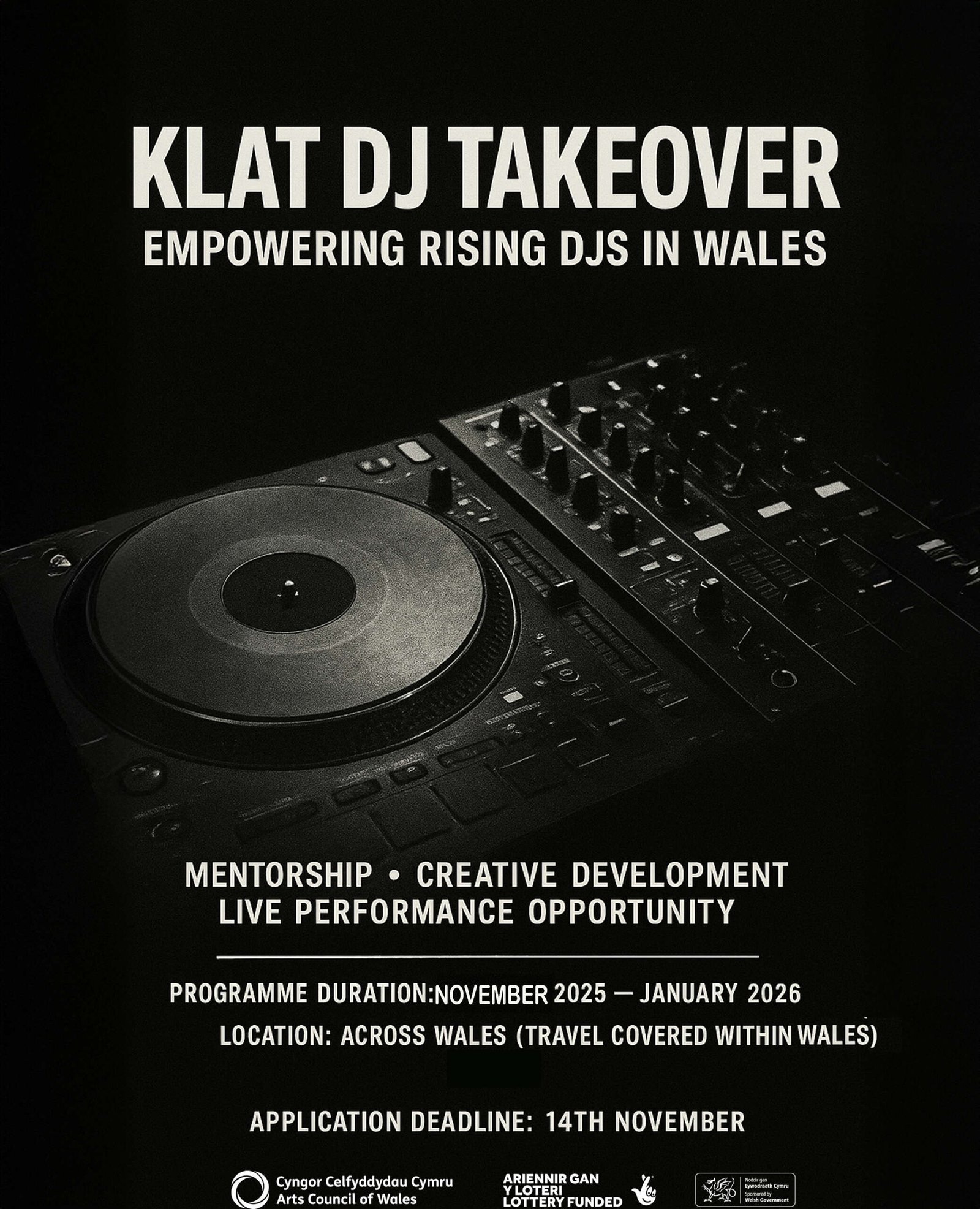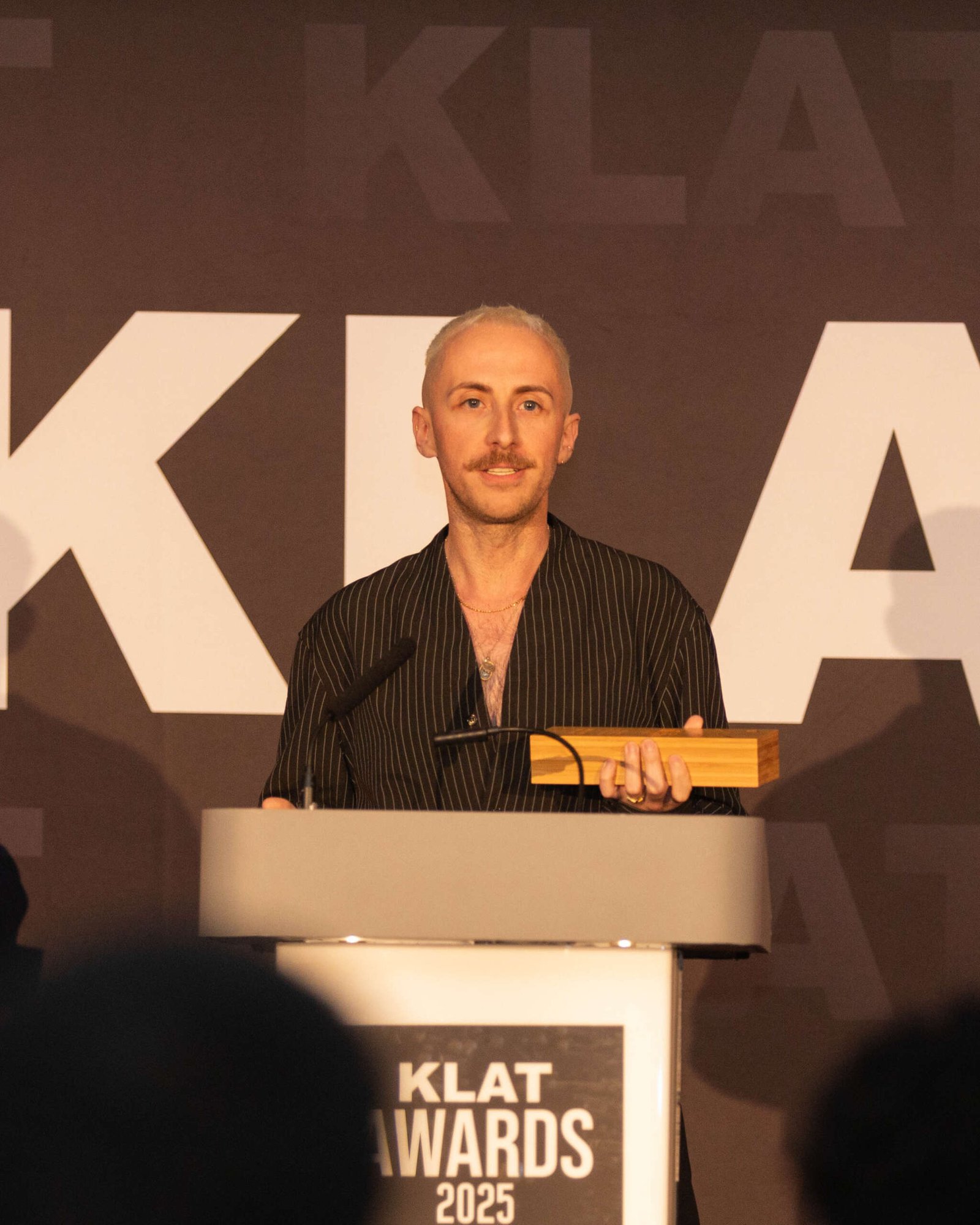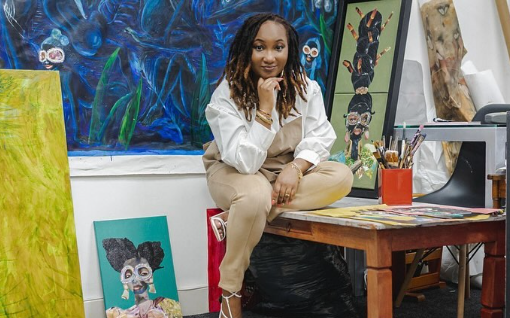“Brute is about finding freedom and humanity within structure.”
That line right there? It says everything you need to know about Amanda Monteith’s latest dance work, BRUTE. But don’t get it twisted, this isn’t just another contemporary performance with fluid arms and moody lighting. It’s unexpected. And like the brutalist architecture that inspired it, it’s kind of magnificent in its own way
We caught up with Amanda — dancer, choreographer, and all-around creative to talk about BRUTE, brutalism, and building something human out of concrete edges.
Amanda’s relationship with movement runs deep. Her mom put her in ballet, tap, and jazz classes at just three years old, and while most toddlers were probably more concerned with glittery tutus, Amanda was discovering the thing that would stay with her for life. Dance became her way of processing everything, the highs, the lows, and all the in-betweens. It’s her emotional language, and BRUTE is her latest translation.
So how did she end up connecting dance with brutalist architecture? It started with a fascination for things most people overlook. The “ugly.” The heavy. The raw materials of the everyday. “I love pulling from the overlooked and making it feel human,” she says. Brutalism with its concrete slabs, no-frills silhouettes, and misunderstood presence fit right into that obsession. Amanda was drawn to its boldness, its honesty. “The ornamentation comes from the materials themselves,” she explains. And in many ways, that’s how BRUTE moves stripped back, but emotionally loaded.
The piece explores tension, literally. Bodies resisting invisible walls. Muscles locked, then unraveling. A push and pull between dancers that mimics the stress built into brutalist forms until something breaks free. Amanda and her dancers crafted movement that had to release, like pressure building inside the body until it spills out. There’s set choreography, sure, but how it lives on each dancer is different. The steps stay the same. The feeling doesn’t.
Despite the physical demands and complexity of the piece, Amanda approached BRUTE with a surprising amount of looseness. She let go of her usual structures and let the piece grow from instinct, experience, and the people in the room. Her cast — three other dancers and close friends brought their own movement vocabularies to the table, shaping how BRUTE evolved. Together, they pushed past comfort zones, worked through fatigue and injuries, and held space for each other while creating something that felt honest. Human.



And then there’s Amanda’s own story inside it all. Coming from a ballet and modern background, she’s been through the pressure of uniformity, the need to strip away individuality in favour of sameness. BRUTE pushes back against all that. It’s personal, even if it didn’t start that way. “This is almost an autobiographical work,” she admits. “It’s me finding my own freedom within structured performance.” You can feel that fight in the work — a refusal to shrink, a need to be seen.
Visually, Amanda had clear reference points. A group of brutalist high-rises in East London that she used to pass on the bus. Habitat 67 in Montreal, a chaotic puzzle of concrete blocks. These spaces didn’t just influence the piece, they became part of its internal world. Shapes, silhouettes, and tension translated into movement. And from those cold, sharp references came something strangely warm.
Even her pre-performance routine is structured with purpose. It starts the night before — hair washed, mind calmed. On the day: stretching, light Pilates, prayer, breathing, silence. Amanda treats performance like ritual. She calls it a “calm flow state,” conserving her energy so it can all pour out onstage when it matters.
And if you’re wondering who BRUTE is for? Amanda doesn’t hesitate: everyone. She thinks about her friends and family who’ve only seen traditional dance or shiny competition routines, and wants to offer something different, something that shows dance as not just a physical craft, but an emotional, cerebral, and deeply human one. She wants audiences to feel the heart behind the technique. The story beneath the steps. To understand that every performer is a person first.
After its July 15th performance, Amanda has her eyes set on expansion. Touring, building BRUTE into a full-length show, eventually bringing it to major platforms like Sadler’s Wells and far beyond. But she’s not rushing. She’s letting it grow the way it needs to.
Right now, she’s drawing inspiration from nature, from deserts, from tiny overlooked things, and especially from her peers — other independent artists stepping into their own voices. She speaks with a clarity that’s hard to miss, a quiet kind of power. She knows where she’s going. And she’s building the road there — concrete edges and all.
BRUTE is gritty and graceful, minimal and emotional, abstract and deeply rooted. Like its namesake, it doesn’t try to be pretty, it just is. And somehow, that makes it all the more beautiful.
Watch the full-length BRUTE film
Written by Angel Joanne Okonkwo
Read more Art and Culture articles from KLATMAG




